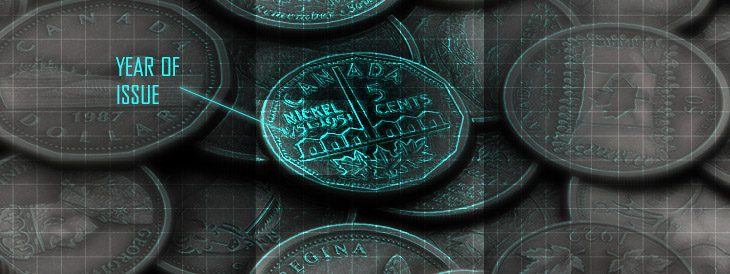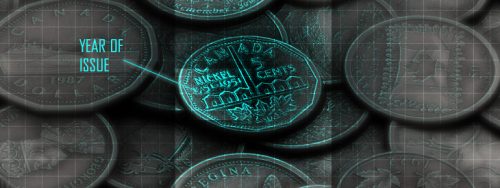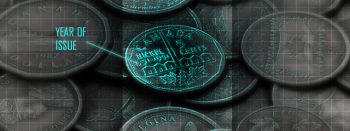Last updated on May 2nd, 2024 at 03:35 pm
Last Updated on May 2, 2024 Posted by Colonial Acres Coins
Talking about Canadian coins is something that can’t be done without discussing their unique and elaborate minting process. Thanks to continuous advancements in technology, the Royal Canadian Mint is able to manufacture unique and innovative coins that do not exist anywhere else in the world. Learning more about Canadian coins, their anatomy and the way they are minted is necessary if you are looking to get to know your collection in every way possible.
Canadian Coins: Everything You Need To Know
Different coins have specific features that differ from specimen to specimen. When talking about Canadian coins minted by the Royal Canadian Mint, there are several parts of their anatomy that are standard. As such, you’d be wise to know more about them. They are as follows:
- The field, which is the background (flat part of the coin) on which the relief is struck
- The relief, which is the three-dimensional raised image found on the field of a coin
- The reverse, which depicts the chosen design and is the “tails” side of a coin
- The obverse, which normally depicts the national emblem or head of a prominent person (usually the front side/ “heads” side of a coin)
- The edge, which is considered the “third side” and is the outer border of a coin
- The rim, which is the raised portion that runs around a coin’s perimeter
- The mintmark, which reveals where the coin was minted
- The face value, which is the nominal value of a coin (different than the value you paid for it)
- The year of issue
- The issuing country
How Are Coins Manufactured?
The process of manufacturing coins has several stages, each of which serves a specific purpose. Only when a coin passes through every stage of the minting process can it be referred to as a finished or completed coin. The Royal Canadian Mint’s process of manufacturing coins includes the following stages:
- Design: it features the original drawing of an artist
- Engraving: it includes adapting the artist’s design to ensure the best relief for minting
- Rolling: “strips” are rolled from cast bars according to the required coin thickness and size
- Annealing: an oxygen-deprived furnace is used to heat and cool the strips
- Blanking: strips undergo a process where coin “blanks” are punched from them
- Rimming: in order to protect the surface of the coin, the edge of each blank is slightly raised
- Washing & Degreasing: the rimmed blanks undergo a tumble-washing in a large drum
- Coining: dies are used to strike the image onto the blanks
- Quality Control: each coin is subjected to thorough quality inspection at various stages of production
- Packaging: careful packaging after a final inspection is done before delivering the coins to customers
Colonial Acres: THE Place To Be For More Information On Canadian Coins
Learning more about how coins are manufactured and their main components can be done in different ways. The best ones include visiting a physical store like Colonial Acres Coins and having an informative conversation with one of the many professional numismatists there. Colonial Acres Coins is also ideal for finding new and interesting coin pieces to add to your collection. Regardless of whether you need coins to enrich your collection or more knowledge on the pieces you already own, rest assured Colonial Acres is the place to find both.




